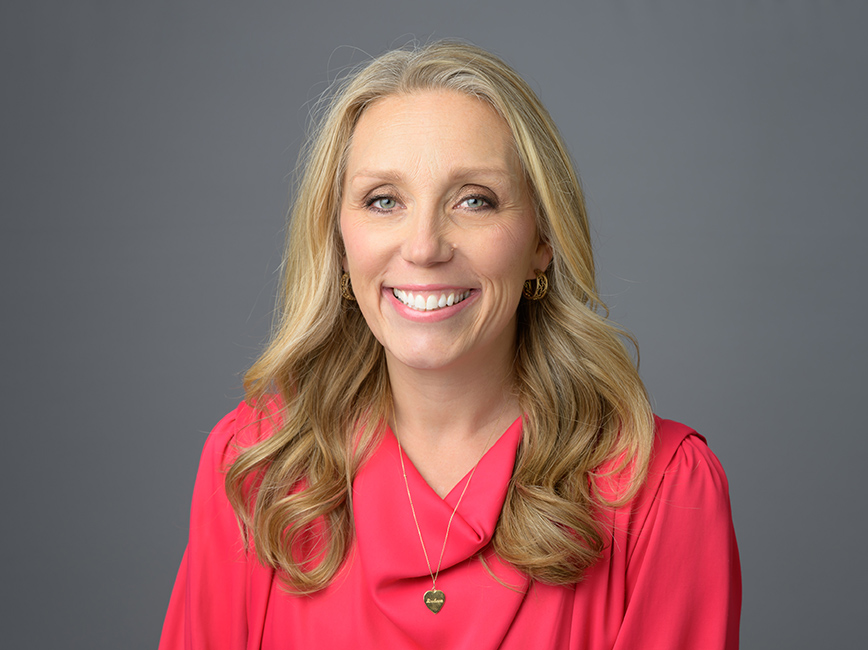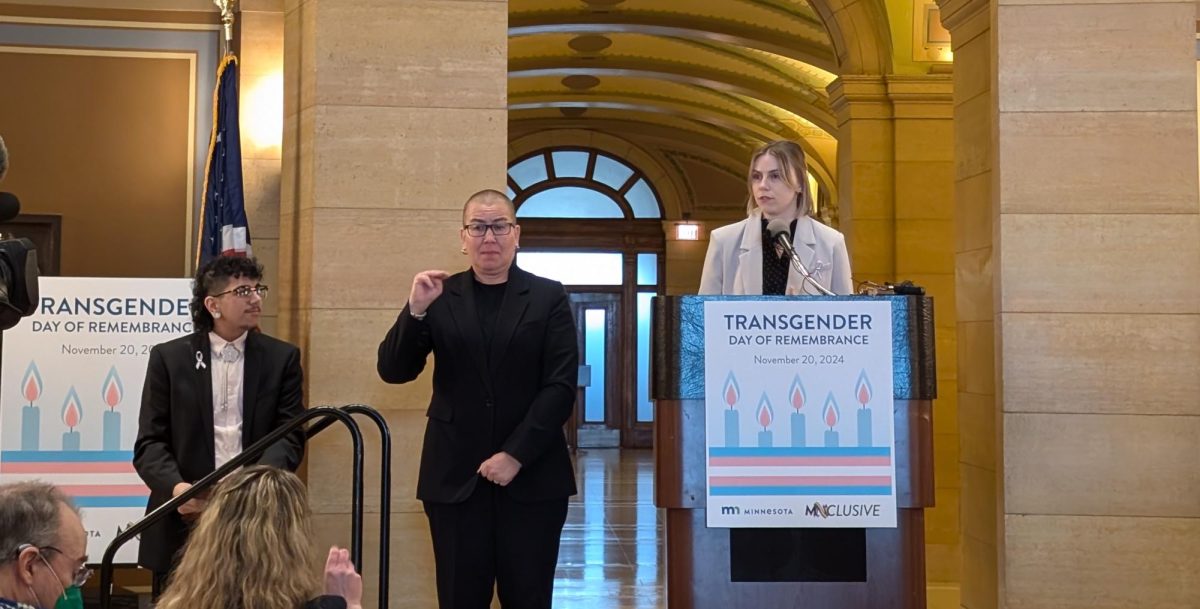Minneapolis is calling on artists to apply to design artwork at Water Works, part of Mill Ruins Park.
Artists and artist teams are invited to apply to design and create artwork to honor Owámniyomni, a place of significance and cultural heritage for Indigenous peoples, particularly among the Dakota.
The park area includes the sacred Dakota sites of Owámniyomni and Wíta Naǧí and is within the traditional Dakota homelands. The sites were used as a place for ceremonial practices and honoring the cycle of life and death for the Dakota people, according to the Open Rivers Journal.
Shelley Buck, president of Dakota-led nonprofit Owámniyomni Okhódayapi, said in a statement that the organization continues to work toward restoring land near St. Anthony Falls and Spirit Island, with the Water Works being a step in the right direction.
“We are grateful for the efforts to elevate Native artwork at Water Works in Mill Ruins Park — it is a meaningful step in honoring both the site’s true history and the vibrant, modern culture of Dakota people while increasing Dakota visibility in our homelands along the Mississippi riverfront in Minneapolis,” Buck said.
Mary Altman, the City of Minneapolis’ public arts commissioner, said Water Works Park was selected as a potential site for art because of a lack of art along the river and the site’s importance to the Dakota people. Lake Bde Maka Ska is the only place to have Dakota public art.
While anyone can apply, Altman said the City of Minneapolis is specifically encouraging Indigenous and Dakota artists to apply.
“We’ve been reaching out to the reservations,” Altman said. “We’re actually doing some informational meetings, artists’ informational meetings, on or near reservations, Dakota reservations.”
There are no specific guidelines for what the art is to look like.
The applications are open for two months, ending May 28. From there, three to five finalists will be picked by a panel, then given a stipend to create a draft concept of their work, Altman said.
“We believe the public art adds to the quality of life of the city’s residents and visitors, and it can also draw the public to certain locations, but this is one of the most important Dakota sites in the metro area, and so that alone is a really important reason to be doing this,” Altman said.
Correction: A previous version of this article listed Owámniyomni Okhódayapi as an Indigenous advocacy group. It is technically a nonprofit.














